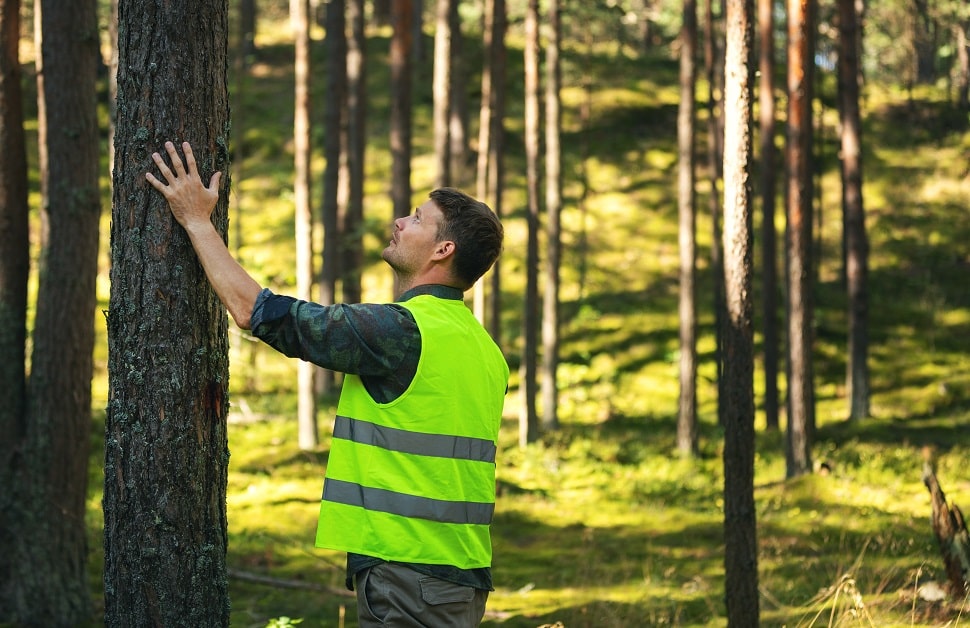
What is a felling licence for?
Tree felling is a legally controlled activity and you will normally need permission from the Forestry Commission to fell growing trees.
The licence will enable you to fell identified trees and woodland legally and last for a period of 5 years. (Please note, in some circumstances you may still need other permissions from other organisations before you can fell the trees, even if you don’t need a licence).
Where a licence is required seek advice from your woodland consultancy/ tree surgeon, who will help with the application.
Exceptions from the need for a felling licence
Certain types of tree works do not need a felling licence. The Forestry Act 1967, as amended gives details of these exceptions. (You may still require other permissions before felling trees).
If you intend to fell trees covered by one of the exceptions it is your responsibility to prove an exception applies. In this case, you should gather evidence that a licence isn’t required. It is advisable to keep photographic evidence (with reference to scale) before felling.
Exceptions include:
- You may fell up to 5 cubic metres of growing trees in any calendar quarter as long as no more than 2 cubic metres are sold.
- Lopping and topping to maintain a trees health.
- Trees of under 1.3 metres in height from the ground
- Some exceptions apply to fruit trees and inner London Boroughs
- If a tree is in a dangerous state with immediate risk to health.
- If a tree is in poor health and could spread disease.
- Development – if a full planning permission is granted then trees can be felled if a plan is agreed showing the trees to be retained and felled. Any trees outside of the application boundary would need a licence. Outline planning permission doesn’t give permission for felling.
- Statutory undertakings such as: Highways England, Network Rail etc
Environmental Legislation
The Wildlife and Countryside Act 1981 protects rare or endangered plants, wild birds and other animals according to their needs. Also the Conservation of Habitats and Species regulations 2017 protects a range of European protected species and their habitats.
Hedgerows are also protected under the Hedgerow Regulations 1997 which make provision for the protection of important hedgerows in England and Wales. Furthermore, native hedgerows are a habitat of principal importance for the conservation of biodiversity under Section 41 of the Natural Environment and Rural Communities (NERC) Act 2006.
Other Controls on Tree Felling
Tree Protection Orders (TPO) and Conservation Areas. Here permission will be required from the LPA to any felling.
Timescales
It is advisable to allow 3 months for a licence application to be reviewed and potentially longer if further information is required.
Penalties
Anyone involved in the illegal felling of trees can be punishable with unlimited fines and prison sentences from 1 January 2023.
Further Guidance
If you have any concerns regarding the felling or pruning of trees/hedgerows then seek advice from a professional before beginning work. Arbtech is the leader in this field and has experts on hand to assist.




